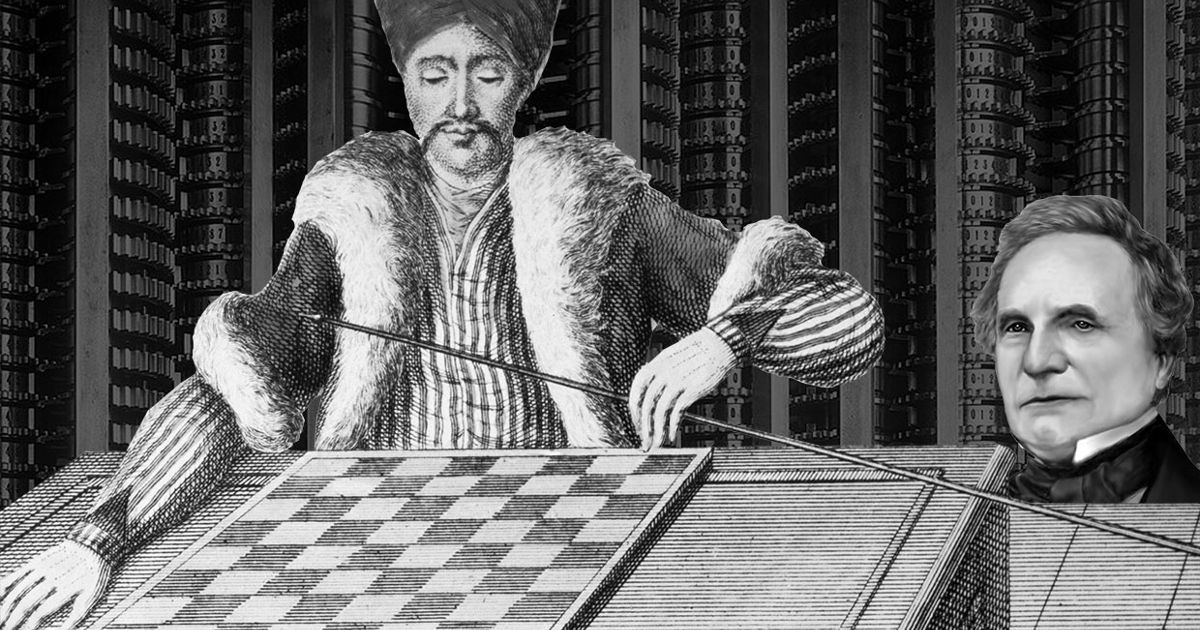Untold History of AI: When Charles Babbage Played Chess With the Original Mechanical Turk

The famed 19th-century engineer may have been inspired by an early example of AI chicanery and hype In this six-part series, we explore that human history of AI—how innovators, thinkers, workers, and sometimes hucksters have created algorithms that can replicate human thought and behavior (or at least appear to). While itcan be exciting to be swept up by the ideaof superintelligent computers that have no need for human input, the true history of smart machines shows that our AI is only as good as we are. In the year 1770, at the court of the Austrian empress Maria Theresa, an inventor named Wolfgang von Kempelen presented a chess-playing machine.
The Turk, as Kempelen called his invention, was a life-sizeautomaton carved out of maple wood, dressed in Ottoman robes, sitting behind a wooden cabinet with a chessboard on top. Kempelen claimed that the machine could defeat any member of the court, and one of Maria Theresa’s advisers took up the challenge. Kempelen opened the doors of the cabinet to show a clockwork-like mechanism—an intricate network of levers and cogs—and then inserted a key into the machine and wound it up.
The automaton came to life, lifting its wooden arm to move the first chess piece. Within 30 minutes, it defeated its opponent. The Turk was a sensation.
Over the next decade, Kempelen toured the chess-playing machine through Europe, defeating some of the most formidable minds of the time, including Benjamin Franklin and Frederick the Great. On von Kempelen’s death in 1804, the Turk was purchased by Johann Nepomuk Maelzel, a German university student and instrument builder, who continued the world tour.
Source: ieee.org